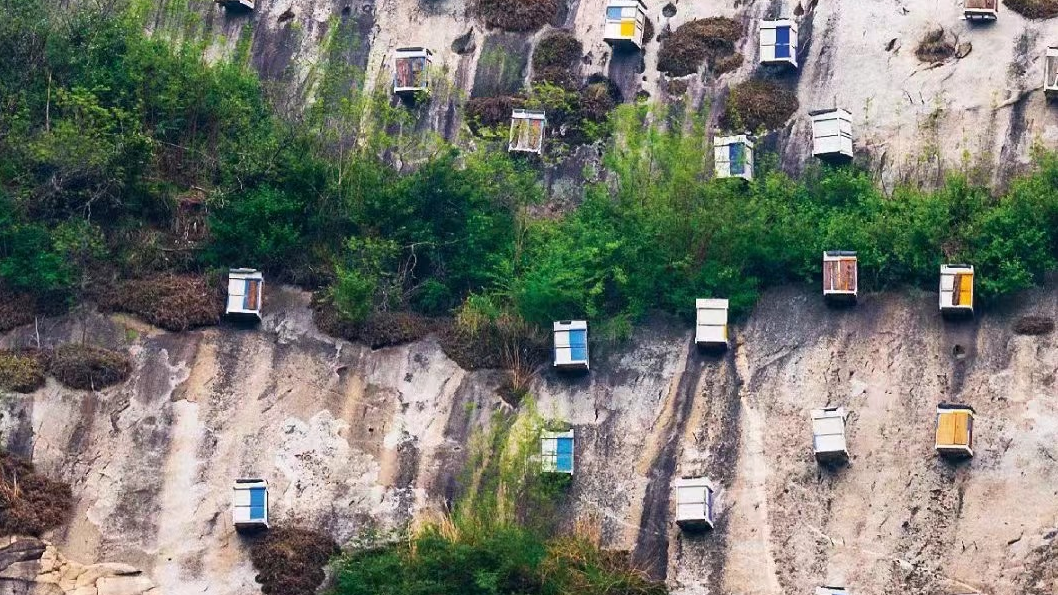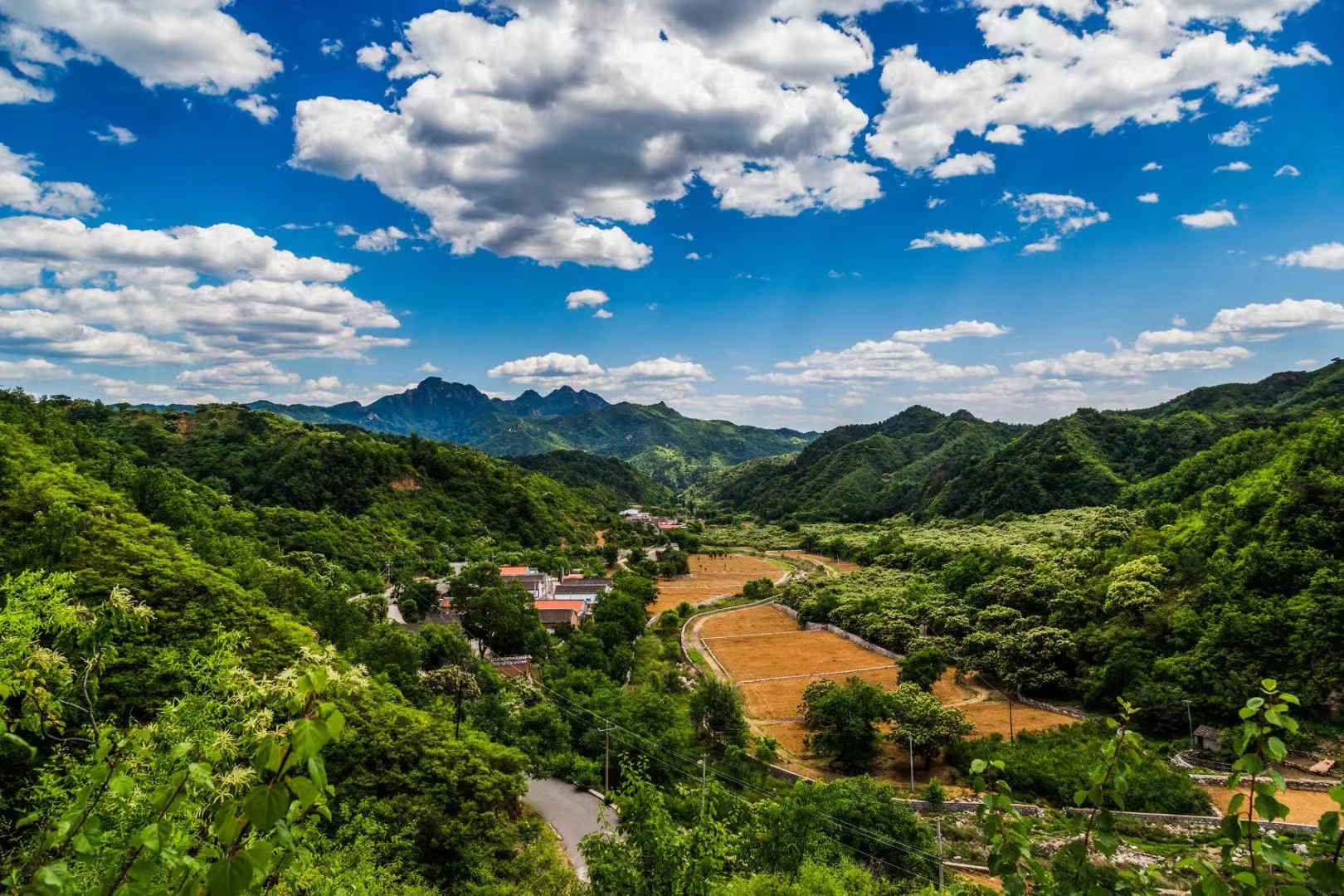Every autumn, beekeepers on the outskirts of Beijing climb up a 100-meter-high cliff to collect honey from beehives. They use a honey cutter to take it out and seal it before putting it in a bamboo basket behind them.
Why are the beehives hung high up on the cliff? Because it reduces human intervention with the endangered Oriental Honeybee (Apis cerana) and keeps its away from natural enemies such as snakes and rats.

The Oriental Honeybee is a unique species in China. It is highly adaptable to the environment and has an irreplaceable role in the pollination and reproduction of many plants, especially for plants in alpine mountains. The Oriental Honeybee has long played an important role in balancing the ecology and is of great importance to the conservation of China's ecological environment.
According to the researchers, pollinators represented by honeybees are an important part of global biodiversity and play an important role in maintaining the balance of terrestrial ecosystems. Their pollination activities are not only an important factor for biodiversity, but also a guarantee for global food security and climate change. Over 87.5 percent of the world's angiosperms, over 70 percent of crops, and over 35 percent of food production all depend on animal pollination, mainly by pollinators. A reduction in the abundance and diversity of pollinators would directly reduce pollination services to wild plants.

Today, the Oriental Honeybee population has recovered to 15,000 in Miyun, and bee pollination has directly promoted the formation and development of plant diversity in the region, accelerated the recovery of vegetation, and regulated regional climate.
Miyun is the ecological barrier of northeast Beijing and an important area for the protection of water sources. Fengjiayu Town is located south of Miyun Reservoir, with an ecological coverage of 89.1 percent of forest and rich natural resources, with thousands of nectar plants, including nearly 100 herbal nectar plants, providing an excellent nectar base for rearing the Oriental Honeybee.
In 2017, Fengjiayu Town built a honeybee nature reserve, and the Chinese bee population has recovered to more than 10,000 groups. Relying on the unique local bee culture and natural resources, Miyun District has explored a beekeeping way of "bee tourism integration". The bee farm has not only brought honey, but also driven the development of the surrounding tourism industry, becoming a bee culture village integrating leisure, science and tourism.
"We hope to protect biodiversity by promoting and popularizing knowledge of endangered species and the apis cerana, and calling for the community's attention and participation in protecting and expanding its populations." Zhao Xin said, a staffer in Fengjiayu Town.
(All images provided by Zhao Xin)
(If you want to contribute and have specific expertise, please contact us at nature@cgtn.com.)